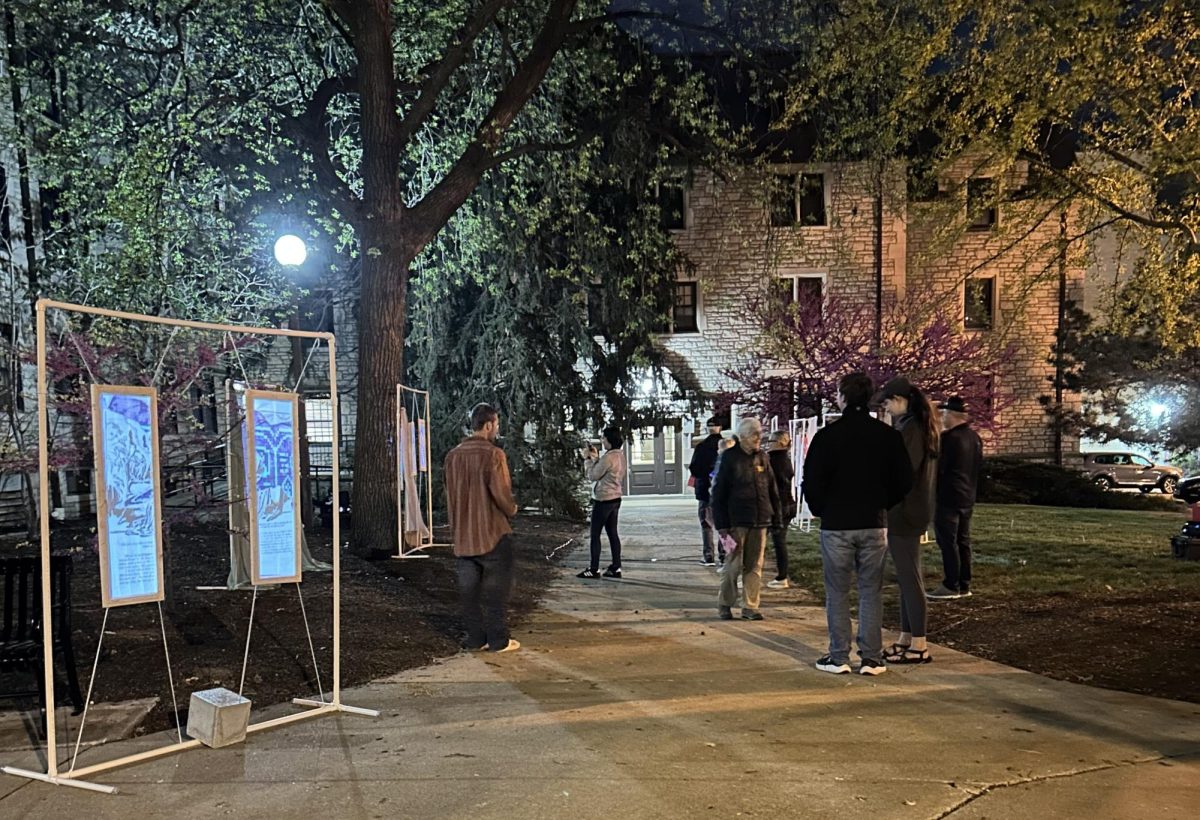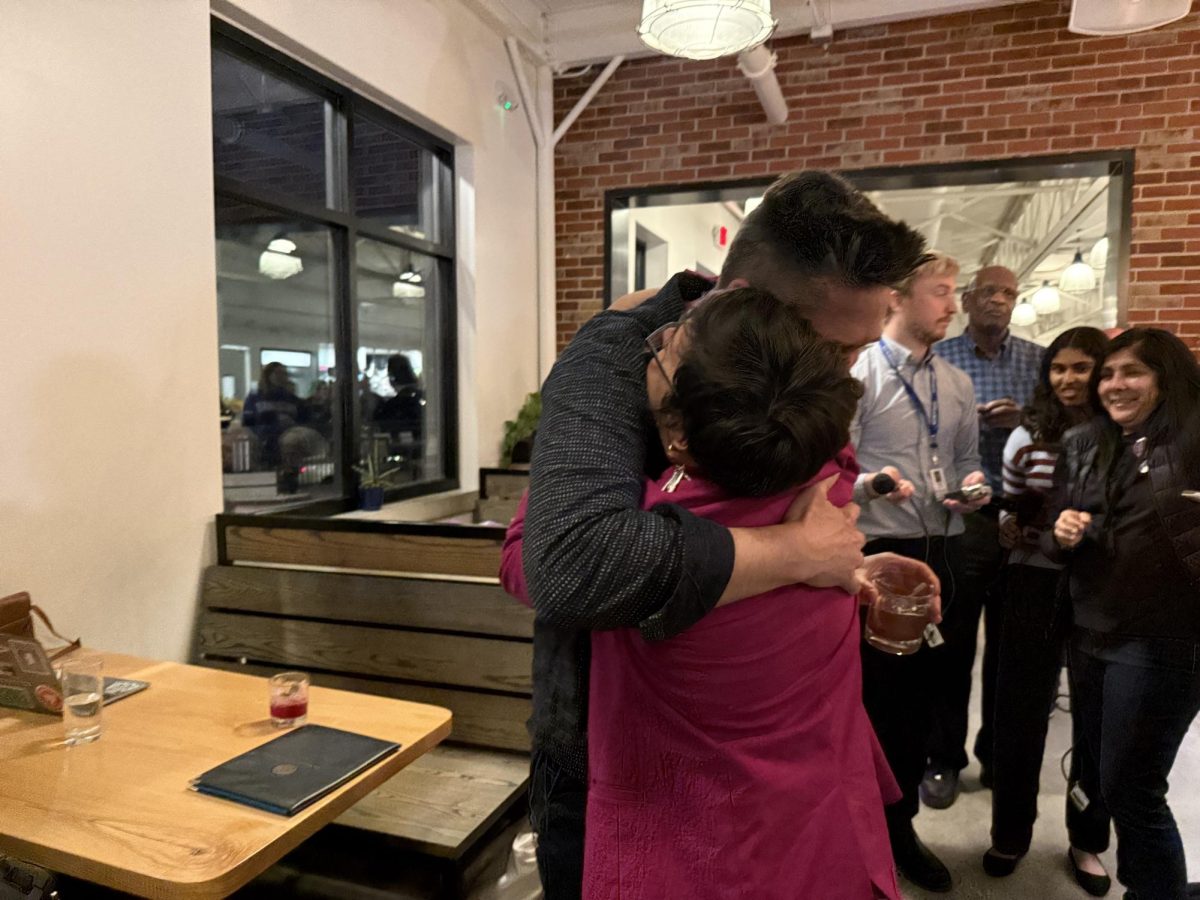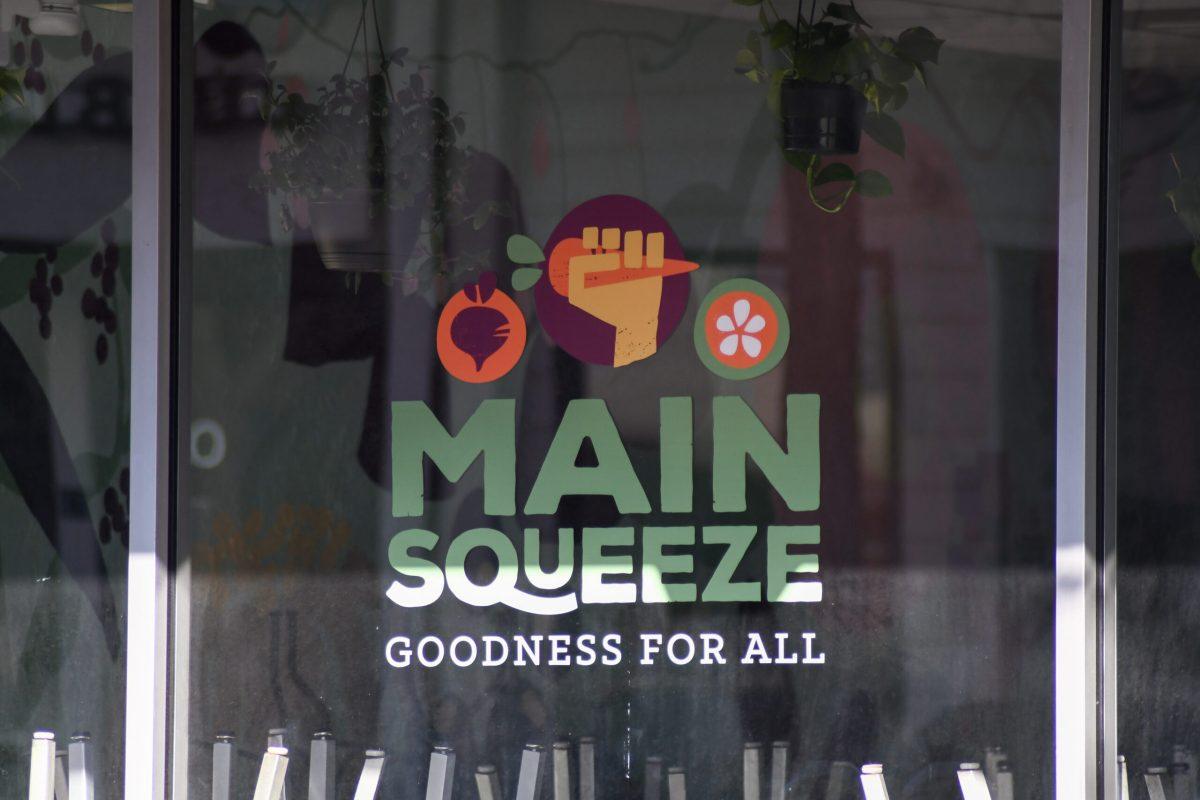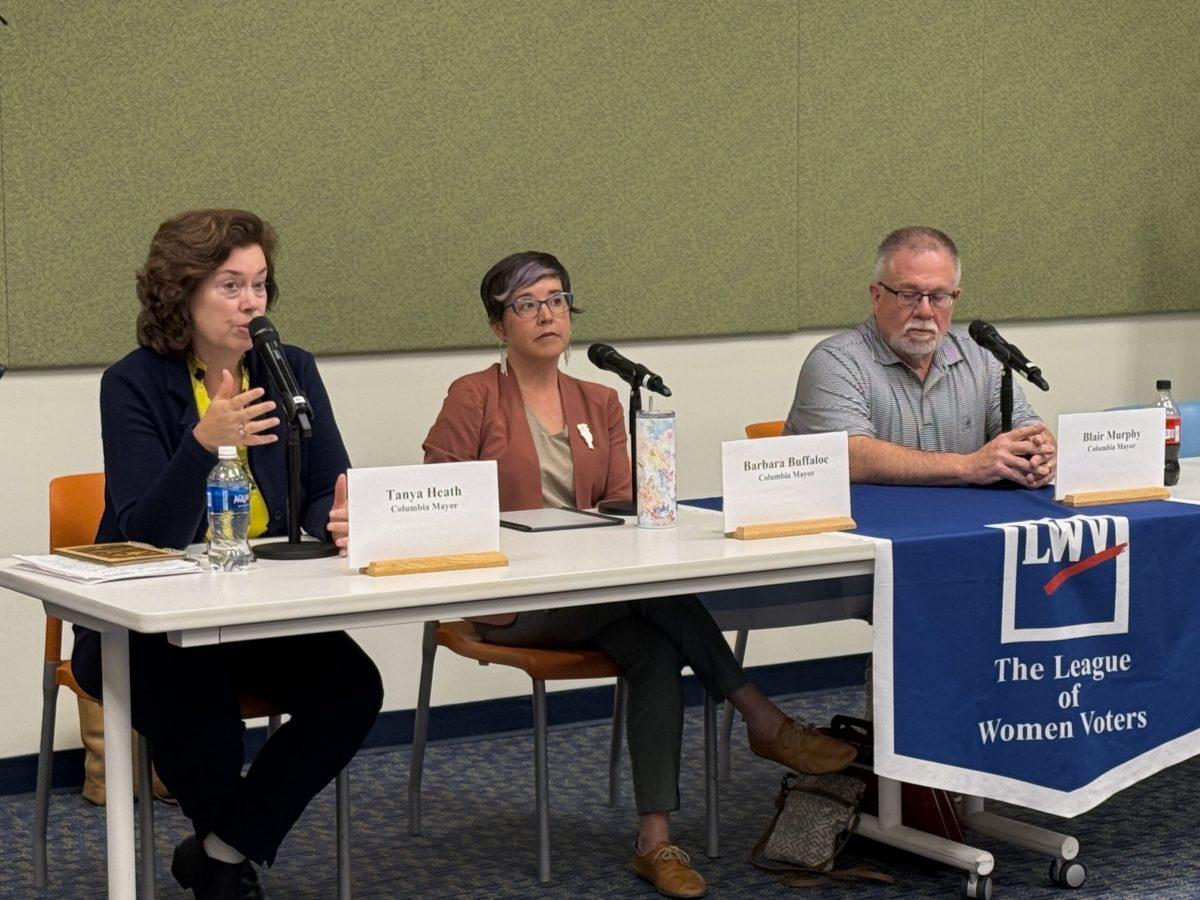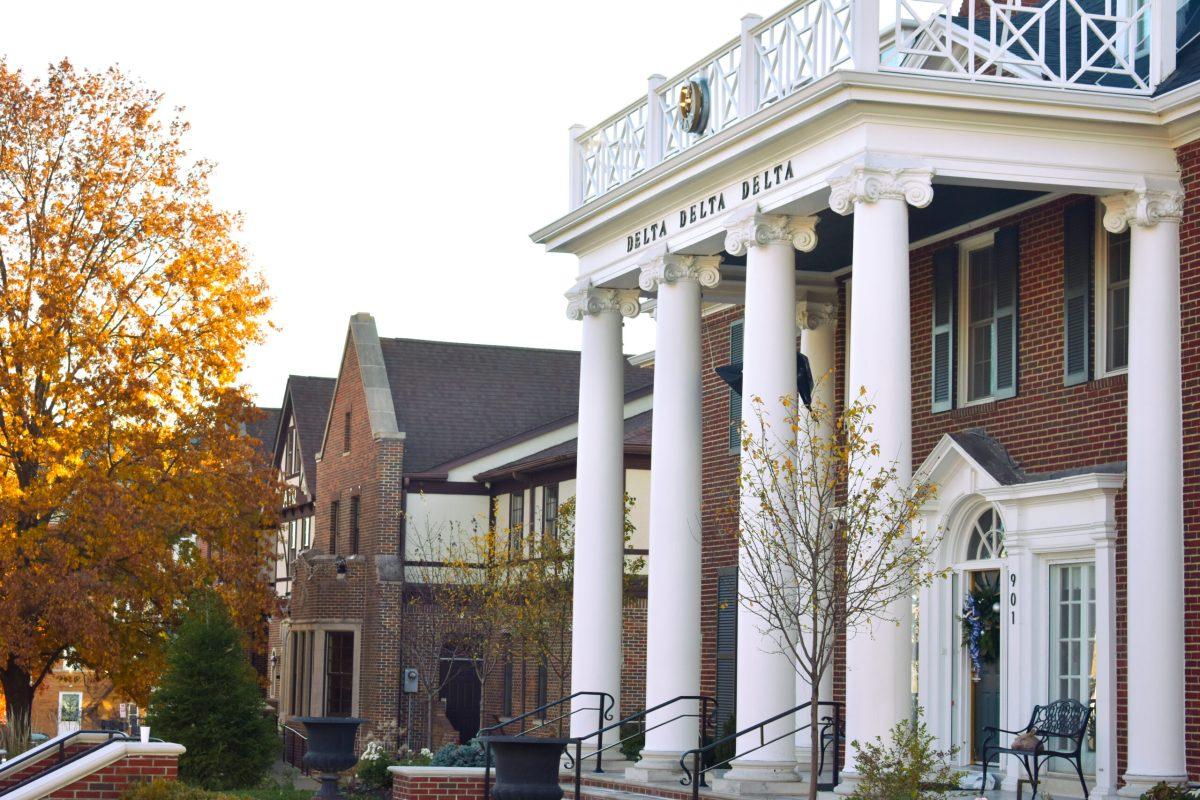Funds have been secured for a proposal to make the roof of Rollins Dining Hall significantly greener than it is now.
The proposal details a project that intends to build a green roof on top of the dining hall, an area that will be comprised entirely of vegetation called sedums. The MU Student Fee Capital Improvement Committee has already pledged $27,000 for the first sector of the roof.
The project was conceived by Ben Kreitner, a soil, environmental and atmospheric science major. He lived on the seventh floor of Hudson Hall his freshman year. His view from the lounge was interrupted by an expansive white roof, he said.
“You could oversee most of the campus – it was a very good view – except for the large, barren roof right in front of you,” Kreitner said. “That was Rollins Dining Hall.”
Kreitner said he likes to take on personal projects of his own and decided that, given the easy accessibility to the roof and visual appeal of plant life, a green roof would suit Rollins best.
The roof isn’t limited to aesthetic value. It also provides benefits in drainage, energy efficiency, noise reduction and more. Sedums have the ability to soak up rainwater, making a rigorous task less strenuous for Rollins’ gutter and drainage system.
Given cost and weight restrictions, the proposed green roof will not contain any heavy shrubs or trees. Soil depth will measure 3.3 inches and the first sector, the only part funded thus far, will cover 2,520 square feet, according to documents Kreitner provided.
Of the different methods for creating green roofs, Kreitner is using the modular system: 12 inch by 24 inch trays that contain the sedums. The trays will make maintenance and drainage issues easier to handle because of their ability to be lifted and moved, Kreitner said.
After his observations as a freshman, Kreitner began planning the green roof early in the first semester of his sophomore year.
“The first semester was mainly communications,” Kreitner said. “I worked on getting to know the right people, sending a lot of emails, researching the green roof technology itself (and) seeing what method was better.”
Kreitner has been working on the project for a year and half, spending a portion of his time in the grant process. Another $1,100 was donated on behalf of Mizzou Advantage, while a grant from the Parents Leadership Council fell through.
Green roofs have only recently been installed at MU. Several are located on the new MU Health Care Patient Care Tower that opened in March. Another is located on top of the Christopher S. Bond Life Sciences Center, but it is demonstration-sized and rarely maintained, Kreitner said.
Now that funding has been secured for the first sector of the roof, the proposal is moving through the MU Campus Facilities approval process, which is proving long and somewhat slow, Kreitner said. A meeting is scheduled for Friday and will show MU Campus Facilities, MU Campus Dining and other stakeholders the nuts and bolts of the proposal.
As far as getting the roof installed, Kreitner is shooting for this May, he said. If he can’t meet that goal, the project may be postponed until at least October. Nonetheless, the project is no longer just a rumor.
“Now that funding is actually there, it’s more of a certainty,” Kreitner said.

